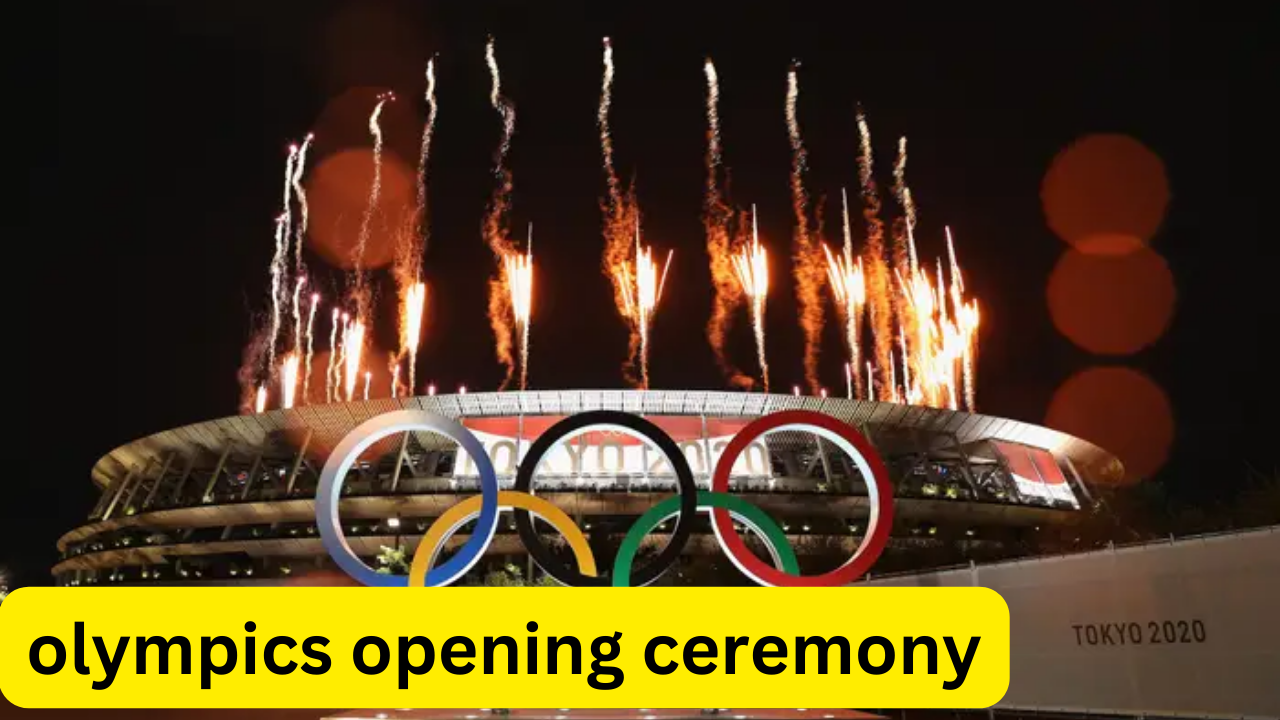The Olympics Opening Ceremony is one of the most anticipated events in the world of sports, capturing the attention of millions across the globe. This magnificent event is not just a precursor to the games; it is a celebration of culture, unity, and athletic excellence. Here, we delve into the grandeur, the history, and the intricate details that make the Olympics Opening Ceremony a spectacular affair.
A Historical Overview
The tradition of the Olympics Opening Ceremony dates back to the ancient Olympic Games in Greece. However, it was during the modern Olympic era, starting from the 1896 Athens Games, that the ceremony began to evolve into the grand spectacle we witness today. Each host country has contributed its unique cultural elements, creating a rich tapestry of traditions and innovations over the years.
Key Elements of the Opening Ceremony
The Olympics Opening Ceremony is meticulously planned and consists of several key elements that highlight the spirit of the Olympics:
1. The Parade of Nations
One of the most emotional moments of the ceremony is the Parade of Nations. Athletes from participating countries march into the stadium, proudly bearing their national flags. This parade is a powerful symbol of global unity and the coming together of diverse cultures and traditions.
2. The Lighting of the Olympic Flame
The lighting of the Olympic Flame is a time-honored tradition that dates back to the ancient Greeks, who believed fire had divine qualities. The torch relay, culminating in the lighting of the cauldron, represents peace, unity, and friendship among nations. This moment is often the highlight of the ceremony, featuring creative and symbolic methods of lighting the flame.
3. Cultural Performances
Host nations showcase their rich cultural heritage through elaborate performances involving music, dance, and art. These performances are designed to mesmerize the audience and provide a glimpse into the host country’s history and traditions. They often feature thousands of performers and cutting-edge technology to create unforgettable visual spectacles.
4. Speeches and Oaths
The ceremony also includes speeches by dignitaries, including the President of the International Olympic Committee (IOC) and the head of the organizing committee. The Olympic Oath is taken by an athlete, a coach, and an official, pledging to compete and officiate with integrity and fairness.
Iconic Olympics Opening Ceremonies
Beijing 2008
The Beijing 2008 Olympics Opening Ceremony is often hailed as one of the most spectacular in history. Directed by Zhang Yimou, it featured 15,000 performers, stunning visual effects, and a breathtaking display of Chinese culture and history. The highlight was the lighting of the Olympic cauldron by Li Ning, who appeared to run along the roof of the stadium before igniting the flame.
London 2012
The London 2012 Olympics Opening Ceremony directed by Danny Boyle, was a celebration of British culture and history. It included references to the Industrial Revolution, the National Health Service, and iconic British literature and music. The ceremony’s creative approach, including the Queen’s surprise “parachute” entrance with James Bond, was widely praised.
Rio 2016
The Rio 2016 Olympics Opening Ceremony was a vibrant celebration of Brazilian culture. It emphasized themes of sustainability and environmental conservation, featuring artistic performances that highlighted Brazil’s diverse ecosystems and cultural heritage. The lighting of the cauldron by Vanderlei de Lima, a former marathon runner, was a poignant moment.
Technological Innovations
The evolution of technology has significantly enhanced the spectacle of the Olympics Opening Ceremony. Advances in lighting, pyrotechnics, and augmented reality have allowed host countries to create increasingly elaborate and immersive experiences. For example, the use of drones to create dynamic light shows has added a futuristic element to recent ceremonies.
The Significance of the Olympics Opening Ceremony
The Olympics Opening Ceremony is more than just a lavish show; it carries profound symbolic meaning. It represents the ideals of Olympism: excellence, friendship, and respect. The ceremony brings together people from all corners of the globe, promoting a sense of shared humanity and international cooperation.
Preparation and Execution
Organizing an Olympics Opening Ceremony is a monumental task that requires years of planning and coordination. The process involves thousands of volunteers, performers, and technical experts. Every detail, from the choreography to the costumes, is meticulously planned to ensure a flawless execution.
Challenges and Controversies
Despite the grandeur, the Olympics Opening Ceremony has not been without its challenges and controversies. Logistical issues, budget overruns, and political tensions have sometimes cast a shadow over the event. However, these challenges are often overshadowed by the spectacle and the positive message of unity and peace.
Looking Forward
As we look forward to future Olympic Games, the Olympics Opening Ceremony will continue to evolve, incorporating new technologies and creative ideas. Each host country will have the opportunity to showcase its unique culture and contribute to the ongoing legacy of the Olympics.
The Olympics Opening Ceremony remains a powerful symbol of the unifying power of sports and the enduring spirit of the Olympic Games. It is a celebration that transcends borders and brings the world together in a shared celebration of human achievement and potential.
